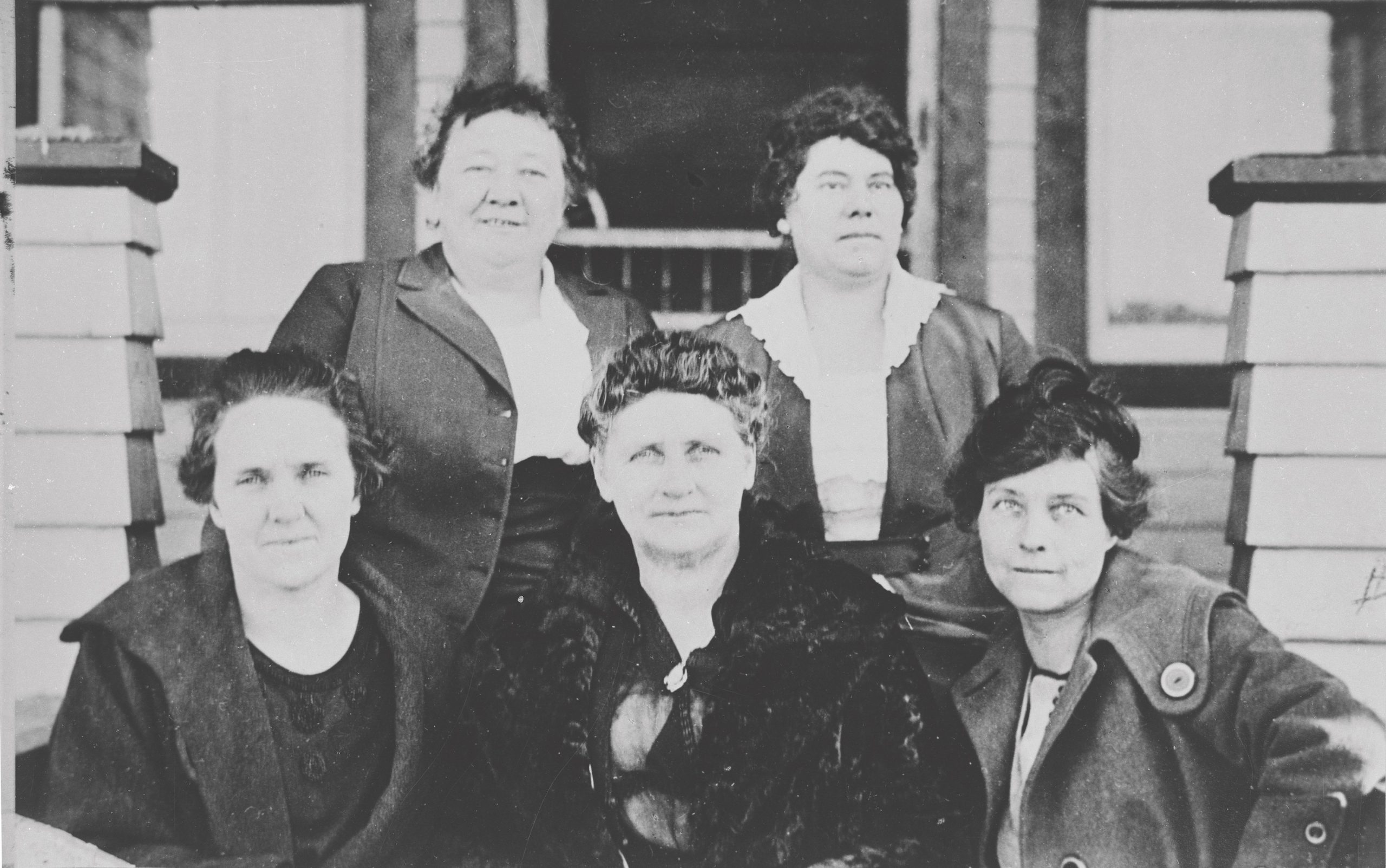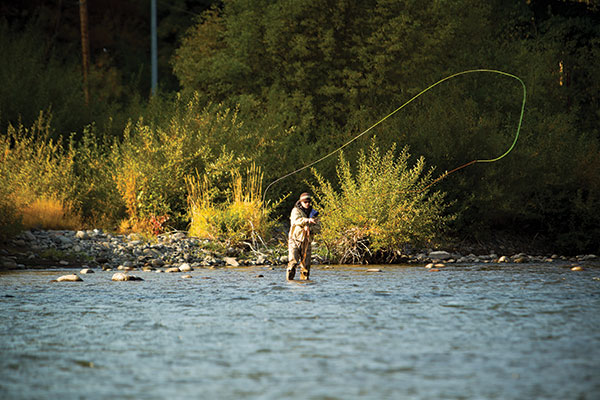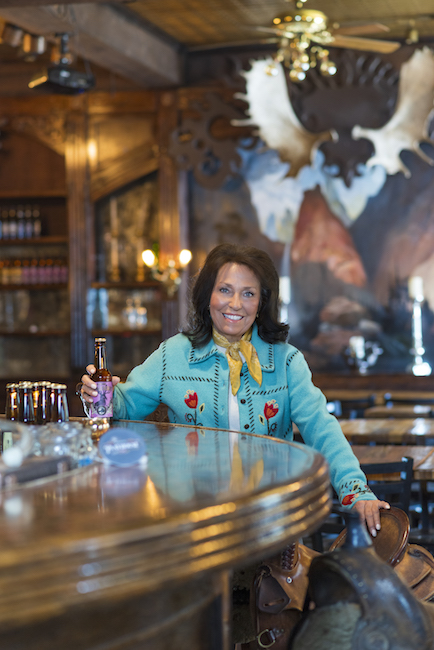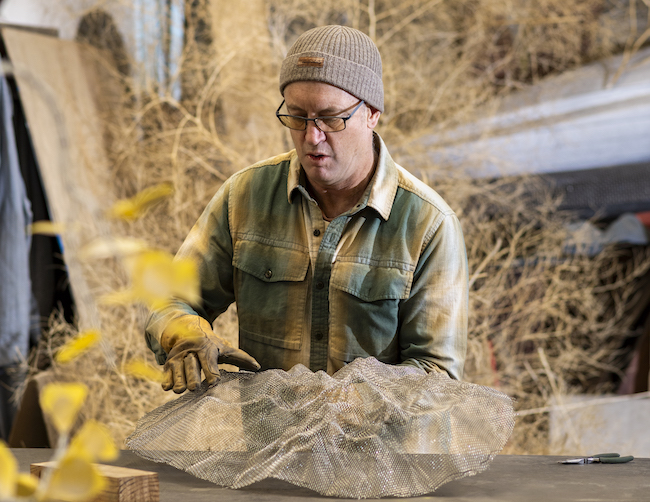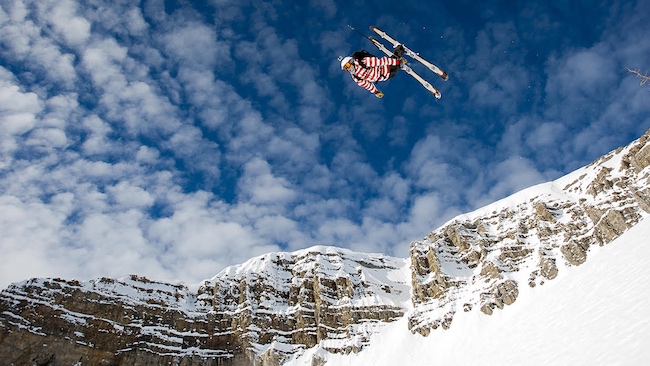Saving Lives
26 Aug 2018
Coe Keeps Local Firefighters Trained and at the Ready
Summer 2018
Written By: Kristen Pope | Images: David Bowers
When Jackson Hole Fire and EMS Battalion Chief of Training Brian Coe arrived on the scene of the Amerigas propane explosion in 2014, he knew this wasn’t a typical call. A propane leak had ignited, leading to an explosion. A massive fire raged, shooting flames 75 feet into the air.
A huge plume of smoke filled the sky as citizens’ phones screeched with emergency notifications. The fire had already spread to neighboring businesses, and people at the gym next door had to break a window and climb out through shards of broken glass to reach safety.
But the biggest danger was the LPG tanker truck. The gas in the tank was in danger of rapidly expanding and exploding due to the fire’s heat. If it had exploded, the results could have been catastrophic, with a blast radius over a mile and a half wide—including neighboring schools. “The big priority was to cool the LPG tank,” Coe says.
Over 55 first responders were on the scene, and Coe was concerned. “That was one of the times in my career I was afraid for the firefighters I was putting in harm’s way,” he says.
Thankfully, the team was able to use their training and avert disaster that day. Coe’s role is to teach crews to respond to any and every type of situation imaginable. He first joined the department in 2005 and has served as Battalion Chief of Training for seven years. He is in charge of educating roughly 85 volunteers and paid staff members in a wide array of skills, including firefighting, emergency medical care, rope rescue, swiftwater rescue, handling hazardous material spills, and even tactical situations.
On a typical day, he might be teaching firefighters how to extricate a victim from a vehicle or spend his time recruiting new members. The department relies heavily on volunteers, with 65 volunteers and 18 paid members.
This year’s class of 18 volunteer firefighter recruits will train for a year and a half. Once fully trained, they will respond to one of six different stations, depending on where they live. Small emergencies may only need one station to respond while larger-scale events could require the assistance of three or four stations.
To assist the firefighters’ efforts, Coe also encourages citizens to do their part to help, including shoveling snow away from fire hydrants, changing smoke detector batteries, and clearing defensible space around their homes to reduce fire danger in the wildland-urban interface. Interested community members can also consider joining the local Community Emergency Response Team.
Whether he’s at the scene of an incident or helping people learn how to prepare for emergencies, Coe cares deeply about his work and the people he works with. “I’m proud to be a part of the team,” he says.

